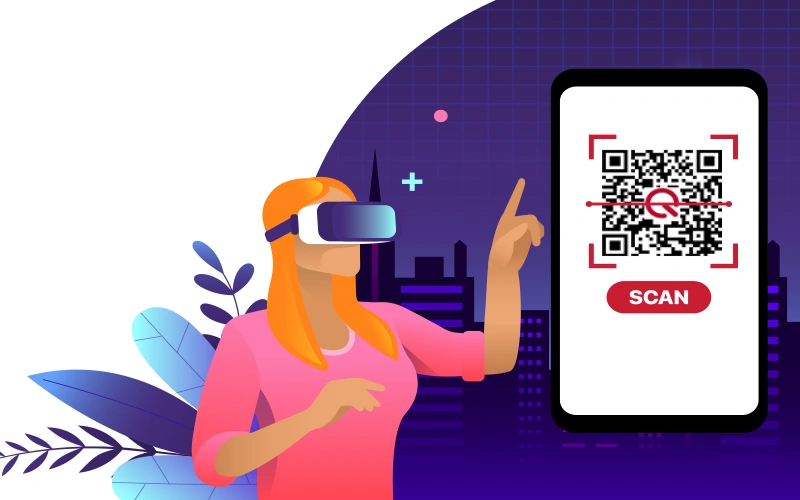
QR Codes for Virtual Reality Experiences: Unlocking New Dimensions
QR codes are revolutionizing how users access virtual reality (VR) and augmented reality (AR) experiences. By combining these technologies, businesses and individuals can create interactive and immersive content that’s both accessible and engaging.
Key Takeaways
- Seamless Accessibility
- AR QR codes allow users to launch VR experiences directly from their smartphones without downloading additional apps.
- Examples include interactive museum exhibits, product demonstrations, and educational tools.
- Diverse Applications Across Industries
- Museums and Art Galleries: Enhance exhibits with 3D models and immersive historical recreations.
- Retail: Provide virtual try-ons for clothing or furniture placement in a consumer's home.
- Healthcare: Offer virtual walkthroughs of medical facilities or interactive patient education tools.
- Enhanced Engagement
- By linking QR codes to AR content, businesses can elevate customer experiences, drive engagement, and improve brand loyalty.
- Cost-Effective Innovation
- Creating AR QR codes is straightforward with accessible platforms and tools, making it a scalable solution for small and large enterprises alike.
Future Opportunities
As AR and VR technologies continue to evolve:
- Advanced Experiences: QR codes could trigger fully immersive VR environments.
- Integration with IoT: QR codes might link AR experiences with smart devices for real-time interactions.
- Enhanced Analytics: Businesses can track user engagement with AR QR codes, refining their strategies for maximum impact.
By staying updated on advancements, brands and creators can remain at the forefront of this technological wave, delivering cutting-edge experiences that captivate and inspire audiences.